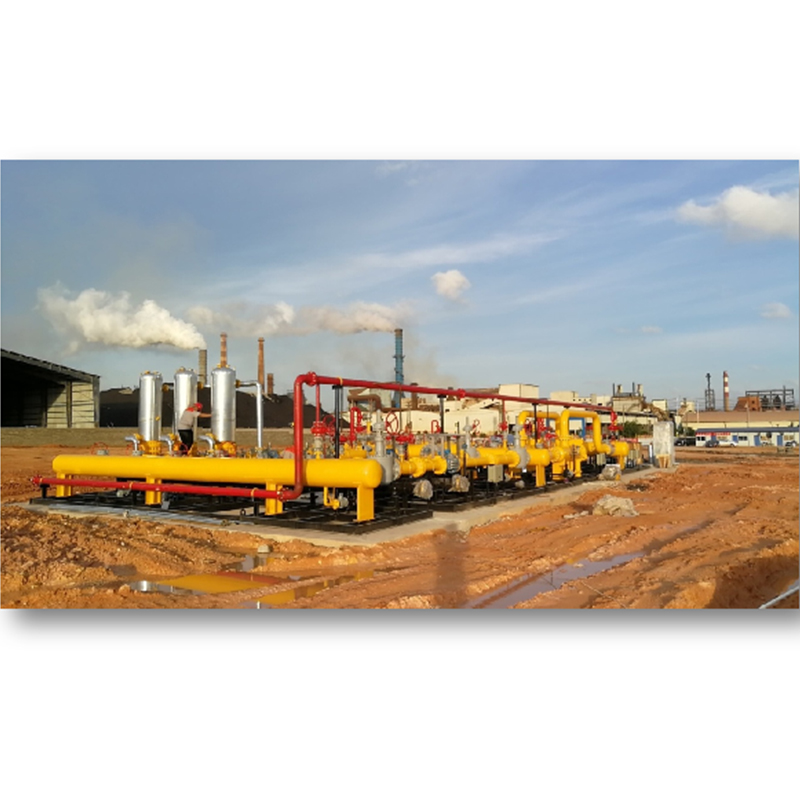
Nov . 13, 2024 20:27
Back to list
electric auxiliary heater
Understanding Electric Auxiliary Heaters A Comprehensive Guide
As the demand for energy efficiency and environmental consciousness grows, electric auxiliary heaters have emerged as a popular solution for enhancing heating systems in various applications, from residential spaces to industrial setups. These compact yet powerful devices serve to supplement existing heating methods, ensuring optimal comfort and efficiency. This article will explore the functionality, benefits, applications, and considerations associated with electric auxiliary heaters.
What Are Electric Auxiliary Heaters?
Electric auxiliary heaters are supplementary heating units that can be integrated into a central heating system. Their primary function is to provide additional heat, particularly during peak demand times or in colder weather conditions when the primary heating source may not be sufficient. Commonly found in heat pump systems, electric auxiliary heaters activate when temperatures drop far below the desired level, maintaining indoor temperatures comfortably.
These heaters work by converting electrical energy into heat through resistive heating elements, which then radiate this heat into the surrounding air. Electric auxiliary heaters are typically compact, making them easy to install in various settings, including homes, offices, and factories.
Benefits of Electric Auxiliary Heaters
1. Enhanced Comfort One of the main advantages of electric auxiliary heaters is their capability to maintain a consistent and comfortable indoor environment. During extremely cold spells, these heaters can kick in to provide the necessary warmth, ensuring that occupants remain comfortable regardless of external conditions.
2. Energy Efficiency Electric auxiliary heaters are designed to operate efficiently. When paired with a properly sized and optimized heat pump, they can significantly reduce energy waste. This efficiency not only lowers energy bills but also contributes to a more sustainable home or facility.
3. Quick Response Time Unlike some traditional heating systems, electric auxiliary heaters can heat up rapidly, providing immediate relief from cold temperatures. This quick response time is particularly beneficial in situations where rapid heat is required.
4. Space-Saving Design The compact nature of electric auxiliary heaters allows them to fit into tight spaces, making them an excellent choice for both residential and commercial settings where space may be limited.
5. Low Maintenance Electric heaters generally require less maintenance compared to their gas or oil counterparts. With no combustion process involved, there’s less risk of soot or other residues, making them simpler to care for.
Applications of Electric Auxiliary Heaters
Electric auxiliary heaters find applications across various sectors
electric auxiliary heater

- Residential Heating Homeowners often install these heaters alongside their primary heating systems to ensure constant warmth, especially in regions with harsh winters.
- Industrial Use In manufacturing facilities, electric auxiliary heaters can be employed to maintain the temperature of processes that require specific heat levels.
- Commercial Spaces Businesses utilize these heaters to provide comfort in offices and retail locations, ensuring that employees and customers experience a pleasant environment.
Considerations When Choosing an Electric Auxiliary Heater
When selecting an electric auxiliary heater, it’s essential to consider several factors to ensure efficiency and effectiveness
1. Size and Capacity Evaluate the heating needs based on the space you intend to heat. A unit that is too small won't adequately warm the area, while an oversized unit may lead to increased energy costs.
2. Energy Rating Look for heaters with energy-efficient ratings. Higher efficiency means lower operational costs and a reduced environmental impact.
3. Installation Consider whether you'll need professional assistance for installation. Some units can be installed DIY, while others may require professional setup to ensure optimal performance.
4. Control Features Modern electric auxiliary heaters come with various control options, including programmable thermostats or smart home compatibility. Advanced controls can enhance usability and energy savings.
5. Safety Features Ensure that the heater you choose has safety mechanisms, such as overheat protection and automatic shut-off features, to reduce the risk of fire accidents.
Conclusion
Electric auxiliary heaters are a practical solution for boosting heating efficiency and comfort in diverse settings. By understanding their functionality, benefits, and applications, users can make informed decisions about integrating these systems into their heating infrastructure. As we continue to advance towards sustainable energy solutions, electric auxiliary heaters play a vital role in achieving comfort without compromising on environmental responsibility. Whether you are a homeowner, business owner, or operating in an industrial context, investing in an electric auxiliary heater could be a smart decision for your heating needs.
Next:
Latest news
-
Safety Valve Spring-Loaded Design Overpressure ProtectionNewsJul.25,2025
-
Precision Voltage Regulator AC5 Accuracy Grade PerformanceNewsJul.25,2025
-
Natural Gas Pressure Regulating Skid Industrial Pipeline ApplicationsNewsJul.25,2025
-
Natural Gas Filter Stainless Steel Mesh Element DesignNewsJul.25,2025
-
Gas Pressure Regulator Valve Direct-Acting Spring-Loaded DesignNewsJul.25,2025
-
Decompression Equipment Multi-Stage Heat Exchange System DesignNewsJul.25,2025

